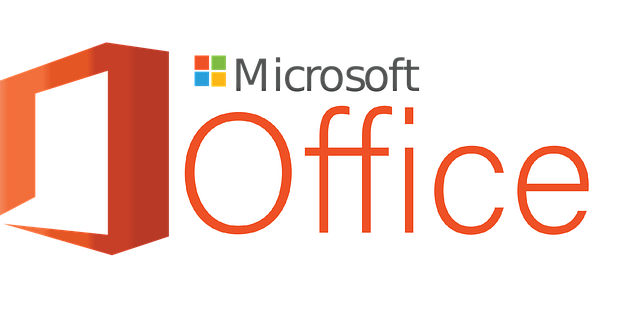Real estate professionals are adopting flexible space layouts to boost collaboration and productivity in today's dynamic work environment. Traditional static offices hinder creativity and spontaneous interactions, while flexible spaces allow for rearrangement to accommodate diverse team structures and communication styles. Designing these layouts involves reconfigurable furniture, modular partitions, open areas, wireless connectivity, digital displays, and collaborative software, enabling both formal meetings and informal brainstorming. Implementing these changes transforms traditional workspaces, catering to various employee preferences and work styles, and is crucial for agile businesses in today's market.
In today’s dynamic work environment, flexible layouts are transforming real estate spaces into collaborative hubs. This article explores how understanding collaboration dynamics can revolutionize office design. We delve into key considerations for creating adaptable environments that foster teamwork and productivity. Furthermore, we discuss implementing and optimizing these flexible spaces to meet evolving real estate needs, ensuring success in the modern workplace.
Understanding Collaboration Dynamics in Real Estate Spaces

In today’s dynamic work environment, understanding collaboration dynamics is crucial in shaping successful real estate spaces. The traditional layout, characterized by static cubicles and individual offices, often hinders spontaneous interactions and creative exchanges that drive productivity and innovation. Real Estate professionals are increasingly recognizing the value of flexible layouts designed to accommodate changing team structures, project-based collaborations, and diverse communication styles.
By embracing dynamic spaces, real estate can foster a culture of collaboration where teams can easily rearrange their work areas, promoting both formal meetings and informal brainstorming sessions. These adaptable environments cater to various preferences—from quiet corners for deep focus to open-plan areas encouraging serendipitous encounters. Such arrangements not only enhance productivity but also contribute to employee satisfaction and retention by demonstrating an understanding of the evolving needs that drive collaboration in modern work settings.
Designing Flexible Layouts: Key Considerations for Efficient Collaboration

Designing flexible layouts is a cornerstone in creating collaborative spaces, especially in the real estate sector. The key consideration lies in understanding that collaboration needs vary across teams and projects. A successful layout must cater to impromptu meetings, group discussions, and individual focus time while seamlessly integrating technology to support various communication methods.
To achieve this, designers should prioritize reconfigurable furniture, modular partitions, and open, interconnected areas. These elements allow for easy rearrangement to accommodate different team sizes and work styles. Additionally, incorporating technology infrastructure that supports wireless connectivity, digital displays, and collaborative software ensures every member of the team can participate effectively, regardless of their preferred working mode.
Implementing and Optimizing Flexible Spaces for Enhanced Productivity

Implementing flexible layouts in real estate is a game-changer for productivity and collaboration. These spaces, designed with adaptability in mind, allow for dynamic adjustments to accommodate changing team sizes, project needs, or even unexpected shifts in work patterns. Optimizing these areas involves thoughtful planning to create an environment that fosters creativity and enhances communication. By utilizing modular furniture, adjustable height tables, and moveable partitions, offices can transform from open-plan collaborations to quiet focus zones within the same room.
Such optimization ensures employees have control over their surroundings, enabling personalized work experiences. For instance, a team member might prefer a quiet corner for deep work while others collaborate openly. Flexible layouts cater to diverse preferences and work styles, ultimately boosting productivity and job satisfaction. This adaptability is especially crucial in today’s dynamic business landscape where agile practices are becoming the norm.






